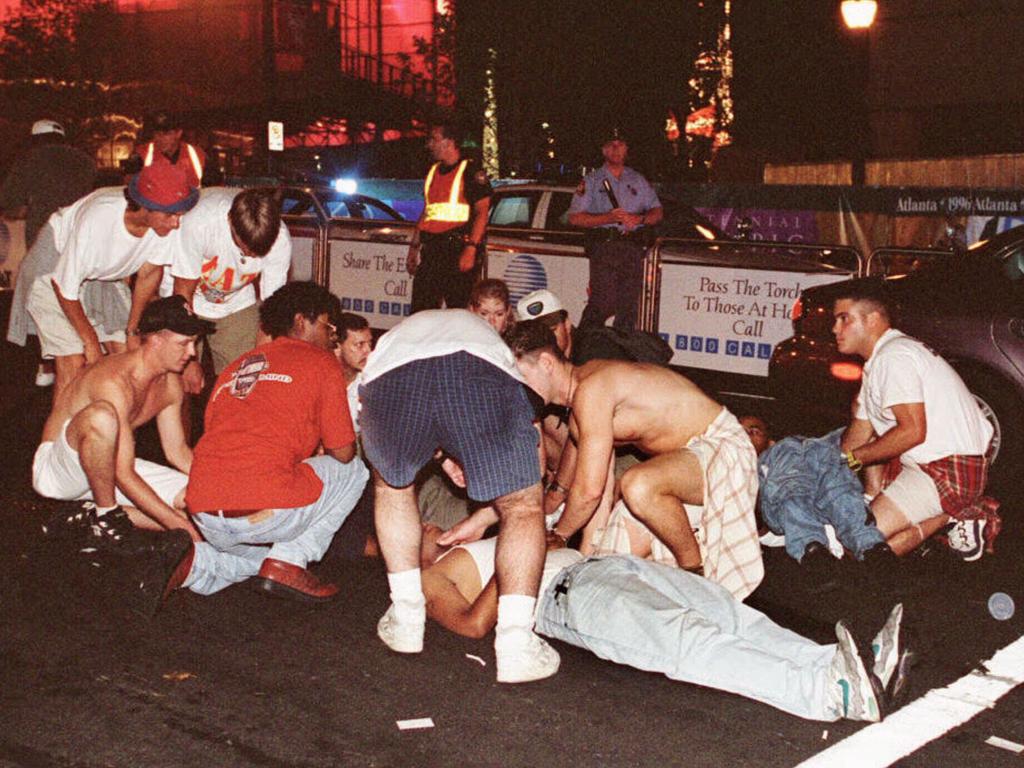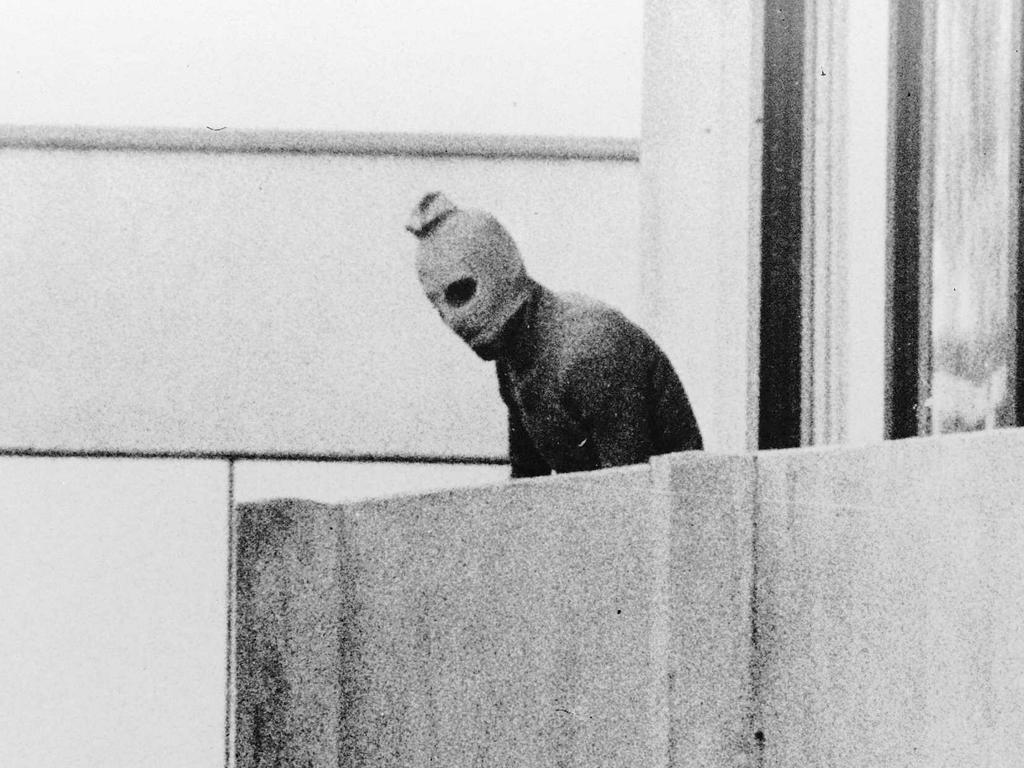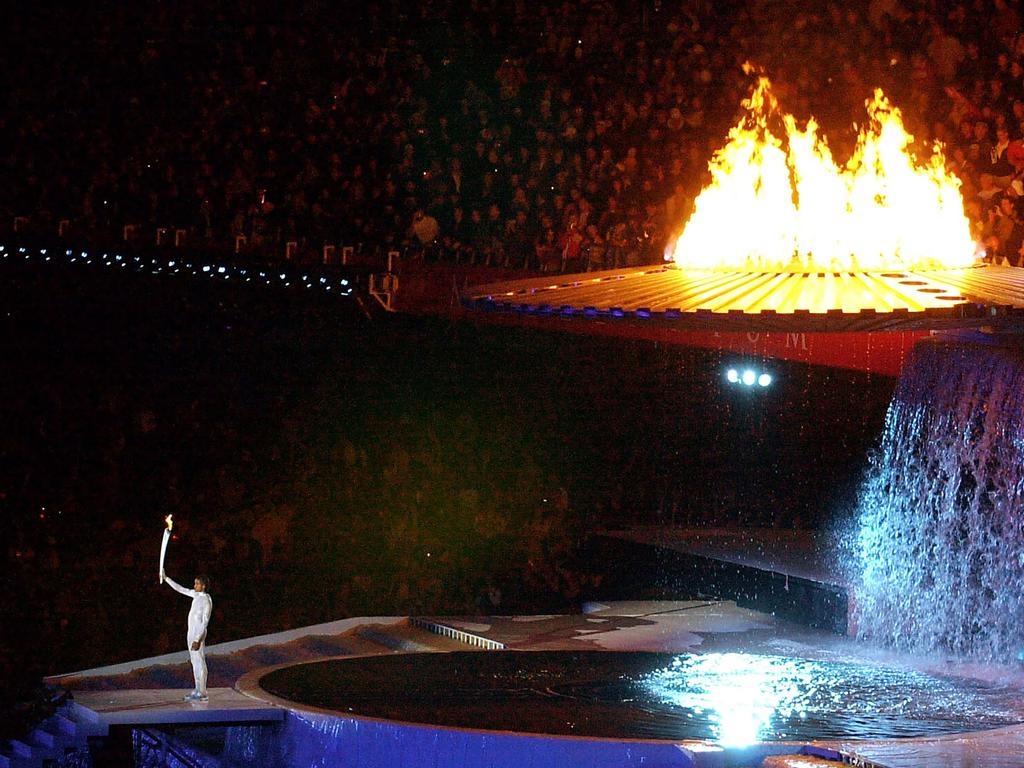Cabinet papers reveal terror fears over 2000 Sydney Olympics
Security agencies were braced for a chemical weapons attack or hostage siege at the 2000 Sydney Olympics, according to newly released documents.

While Australians eagerly anticipated the 2000 Sydney Olympics, the nation’s security agencies feared a major terror attack.
The National Archives has released the 2000 cabinet papers, revealing security preparations in the run-up to the Sydney Olympics.
A year before the September 11 attacks would alter counter-terror thinking, Australia’s security agencies were fixated on the threat of a hostage siege or chemical weapons attack at the Games.
Then Deputy Prime Minister John Anderson said an attack on the 1996 Atlanta Games was fresh in the memory.
A nail bomb ripped through a concert at Atlanta’s Centennial Olympic Park, killing two and injuring another 111. Christian extremist and white supremacist Eric Rudolph was later identified as the culprit.

“The effort that went into trying to make certain there were no incidents on Australian soil were absolutely massive,” he said.
“The surveillance was quite deep at the time, as we tried to identify those who might want to make trouble, building largely on what had been learned in Atlanta.”
The US requested its security team be allowed to carry its own weapons to protect former first daughter Chelsea Clinton.
The Howard government had implemented strict gun control laws following the 1996 Port Arthur massacre and rejected the request, believing that granting an exemption would cause Israel, Japan and Turkey to demand similar treatment.

“It was a very difficult debate around the table, and I can only say that it was met with benign silence (from the US), but I suspect that was resentment,” Mr Anderson said.
Delegations from Israel, the US and Turkey were deemed at highest risk from attack after the 1972 Munich Olympics were marred by a terror attack targeting the Israeli delegation.
Palestinian militant group Black September stormed the Olympic village and kidnapped the Israeli Olympic team, sparking a 24-hour standoff.
German authorities failed in an attempt to ambush the kidnappers, prompting the surviving militants to execute their prisoners.
The massacre and subsequent shootout took the death toll to 16, including 11 Israeli athletes and coaches, and one German police officer.

The papers reveal Australian authorities were braced for a similar attack in Sydney, with police undergoing hostage simulations at Homebush Bay baseball stadium and Bruce Stadium in Canberra.
The exercises showed security agencies were “well placed to handle any potential security incident” that was generally resolved by the ADF using force.
In a first for the Olympics, the Munich siege forced competition to be suspended for more than a day.
The cabinet documents reveal the National Security Council was resolved to make the same call despite reservations from NSW. They said “matters of public safety and security (had) priority over minimising any delays to, or disruption of, Games events”.
The documents suggested NSW had to be reminded that lethal force would only be justified to prevent loss of life.

“One issue was the justification for lethal force, with NSW stressing concerns about disruption to the Games and apparently overlooking the need to be satisfied that an assault was necessary and appropriate to avoid death or serious injury to the hostages or other persons,” the papers read.
Cabinet ministers retained the power to order an assault by Defence Force personnel.
The federal government was also focused on the need to “convey a positive and authoritative message to the media” to prevent hysteria during an attack.
“There could hardly be a more dramatic news story than an Olympics-time hostage or siege situation culminating in an assault by the Defence Force,” the papers read.
“The response to the subsequent intense media pressure, to the extent that the story can be controlled at all given the possible sources of information, requires careful and expert management.”
Australian security also held drills focused on aeroplane hijacking in 1999, two years before the US September 11 attacks.



